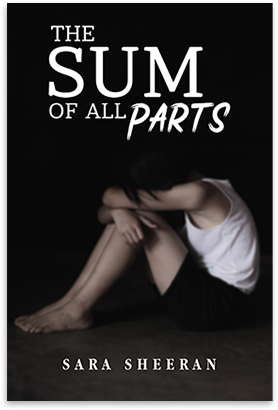
ONCE IN A BLUE MOON
I am a self-confessed selenophile, I am mesmerised by the
moon, so this week is a good one for me because not only do we have a full moon
it is also super and blue. It was visible last night and is visible tonight and
tomorrow night, and as an extra bonus Saturn will also be visible. But why is
it super? Why is it called blue when it is anything but? Well, it is 'super'
because it is a full moon at its closest approach to the earth in a given orbit
(perigee). According to NASA the apparent size increase of the moon is 14% and
the moon is closer to earth at 222,043 miles compared to August 1st when it was
222,159 miles. It is called 'blue' because it is the second moon of the month -
traditionally the definition of a blue moon is the third full moon in an astronomical
season containing four full moons. But why do we call it a blue moon when it so
obviously isn't? There's quite a lot of theories regarding that, but I shall
give the Encyclopaedia Britannica's:
'The term blue moon originated from the 16th-century
expression “the Moon is blue,” meaning something that was impossible. For two
years following the eruption of the Krakatoa volcano in Indonesia in 1883,
people around the world reported seeing strangely coloured sunsets and a Moon
that appeared blue. With this possible, but uncommon, occurrence “once in a
blue moon” came to mean rare rather than impossible.'
It's interesting to consider my affinity with the moon when
you consider that many cultures around the world believe the moon to be female
- Europeans, Classical Greeks, and Mayan, for example. The moon is considered
feminine because both the moon and women share the same rhythm - a woman's
menstrual cycle is typically 28 days and the lunar cycle (the period of time it
takes the moon to go through its eight phases) is also on average 28 days.
Interesting stuff.
My love of the moon and its link to folklore made me
want to include it (her?) in my work in progress - a novel that explores, among
other things, Irish goddesses. However, I was disappointed to find that in
Irish folklore and mythology that despite the moon playing a prominent role,
there are no moon goddesses. Some have made tenuous links to Aine (see
celticroundhouse.com) but normally Aine is associated with the sun and not the
moon. However, the symbol of the triple goddess does have links to both the
moon and women - although it is not particularly old, having its roots in the
20th century.
The Triple Goddess symbol is a circle with two crescents
flanking it, representing the three moon phases: waxing, full, and waning. It
is also representative of the three phases in a woman's life: maiden, mother,
and crone. So we are back to Celtic mythology and the idea of the moon as a
feminine entity whose rhythms reflect those of women - in this case the three
main phases of women corresponding with the three phases of the moon:
Maiden is represented by the waxing moon, a young woman
growing to her full potential.
Mother is represented by the full moon, fertile and
productive - a woman in her prime.
Crone is represented by the waning moon. She is full of
wisdom that she has achieved throughout a life lived.
I love this idea, this link to Luna, this idea of a
cyclical rhythm - of rebirth and renewal, and it is definitely something I
shall have to explore more deeply.
We haven't had a super blue moon in over fourteen years and
there won't be another one until 2037, so tonight you will find me transfixed -
I will have gone le galeae.
For further reading/information please consider:
http://www.space.com
http://www.solarsystem.nasa.gov
http://www.westcorkpeople.ie/columnist/the-moon-in-irish-folklore/
Post Views : 223